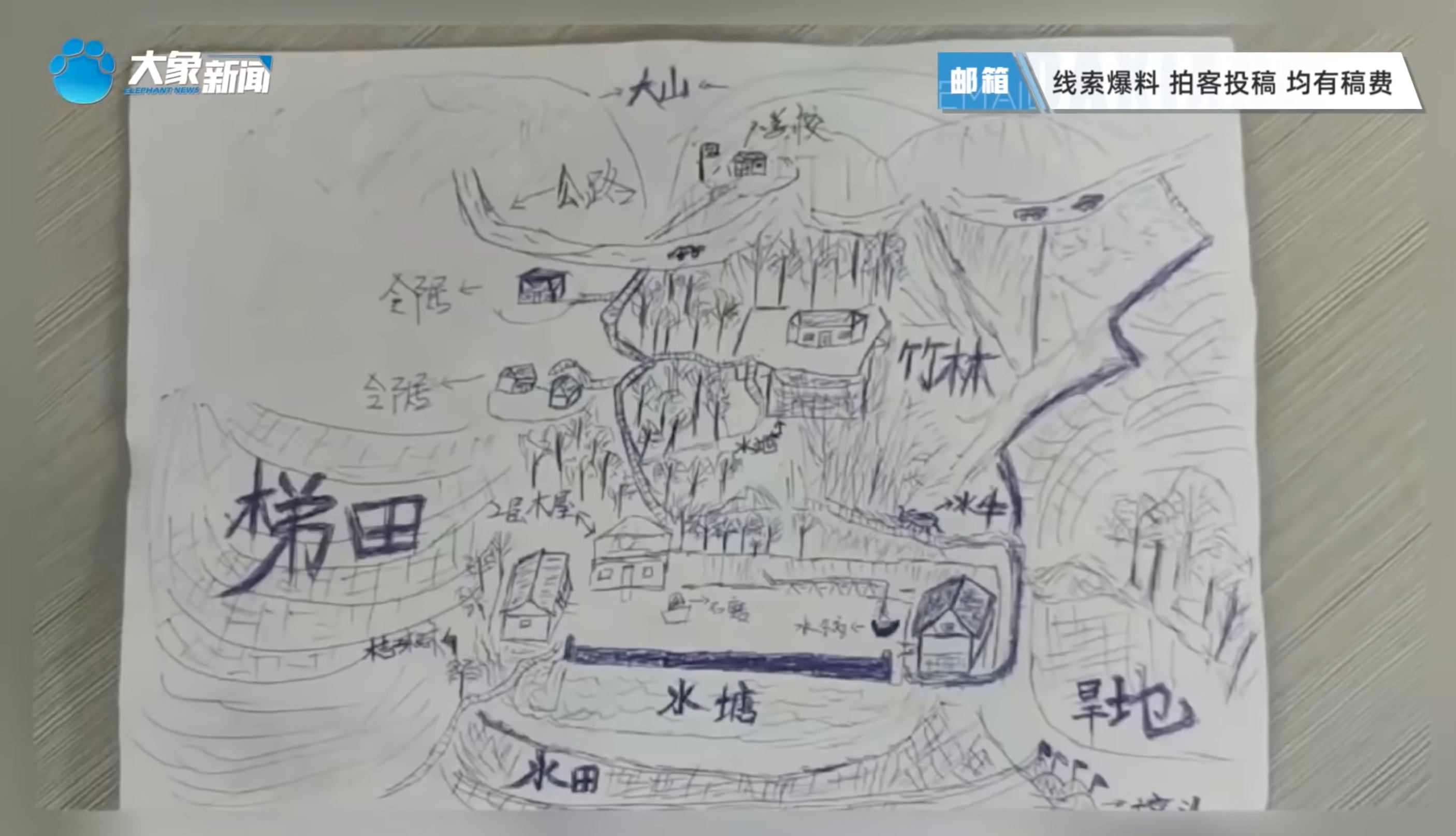Gordon Brown’s Last Stand?

“You are not allowed to proceed further. Turn back and head the way you came.” These words were spoken to me by a policeman standing on the approaches to the mining village of Ollerton in Nottinghamshire twenty six ago. Here, in D. H. Lawrence country, surrounded by the deep recesses of Sherwood Forest, Ollerton had become the bitter crucible of a strike that tore families apart and reached a crescendo in March 1984 with the death of young picketing miner, David Jones. And it was here in Ollerton that very real concerns about the fragility of our civil liberties and the power of the State to crush dissent first surfaced.
A quarter of a century later I found myself back walking some of the familiar streets, passing the sadly derelict Miners Welfare and bumping into some familiar faces. Here memories are long, and here at least there is no sign of a Clegg surge or a Cameron conversion. In Ollerton, as in the nearby former pit village of Bilsthorpe it is for the most part Labour or it is nothing. There is no Lib Dem tradition here, nor does there appear to be one even in gestation. I was with Emilie Oldknow, the bright young personable Labour candidate, who I guess has a fairly rare distinction as a General Election hopeful having been born and bred in the locality. And leading the band of mainly young canvassers was her Dad, who also has a local advantage in that he has taught one or two of the generations who will be voting in a week’s time.
This then, the Sherwood constituency stretches from suburban Hucknall, through the old North Nottinghamshire coalfield, and with it a string of prosperous villages and rolling country estates. In fact a more traditional battle between local lass, Emilie, rooted in the mining villages, and true blue landowner and farmer Conservative candidate Mark Spencer might be difficult to find. The seat has changed allegiances in the past, and the Tories have now identified it as a seat they can now take. But that would require a shift of Labour votes to the Lib Dems, or for Labour voters to stay at home or make the direct cross over to the Tories. On my less than scientific trip down memory lane, and onto the streets of Ollerton, Bilsthorpe and Hucknall there doesn’t seem much evidence of that.
Says Paddy Tipping, the retiring Labour MP for the area, memories are so long in these parts, they “still argue over the 1926 strike”. And given the schism between the majority working miners in 1984, the vast majority in fact, you might expect a historical antipathy to Labour. Which of course ignores the aftermath; namely that Margaret Thatcher repaid their loyalty by shutting the Notts coalfield down. This, with a spin of the wheel of one of the last remaining mines near Ollerton, Thoresby, explains why the Tories still don’t have any traction in this neck of the woods.
A quarter of a century ago, we had a twinning arrangement between Norwich and Ollerton. Each weekend we would bring food up to the Miners Welfare and sometimes take miners kids back for a break in East Anglia. Back then young men went down the pit and young women worked in the two big clothing factories. Now all this is gone, and with the Rolls Royce plant in Hucknall facing an uncertain future, the bulk of the jobs says Emilie are in the public services. But what of these public services, as Britain heads towards an economic ice age? Here—in these villages—life has always been tough, but there is not the dereliction and hopelessness of some the inner cities. Back in the day there used be a sign in the Welfare that read simply: “No Swearing,” and most people didn’t lock their doors. Today many of the same extended families still live in the same neighbourhoods. The Tories may have broken an industry and a union but they sure never broke the spirit. Yet there is no pretending that wrenching off the public services sticking plaster will expose the unhealed and raw wound of a local economy built on—what?





